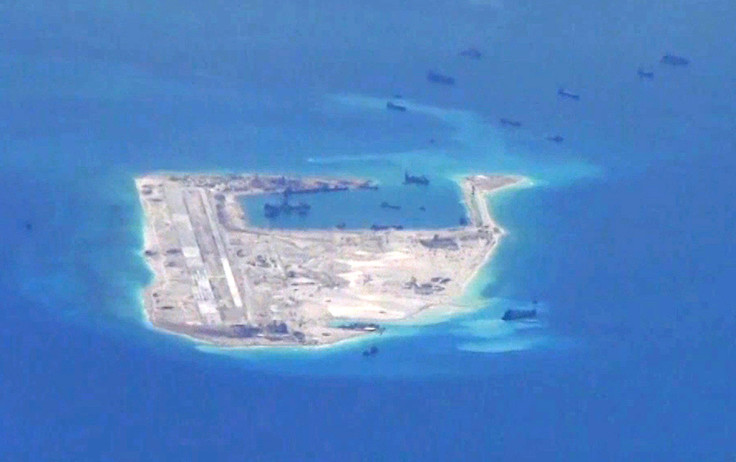China maintains combative tone on eve of Wang Yi's US visit

Beijing is maintaining a combative tone over the military developments in the South China Sea despite the upcoming visit to the US by Foreign Minister Wang Yi. China's foreign ministry insisted its deployments in the region are similar to that of US forces stationed in Hawaii.
Responding to the US accusations over the increasing militarisation of South China Sea, Beijing urged Washington not to make "a fuss" on the matter. "The US is not involved in the South China Sea dispute, and this is not and should not become a problem between China and the United States," foreign ministry spokesperson Hua Chunying told reporters.
Without confirming whether China has deployed fresh surface-to-air missiles in the disputed territories, Hua said: "China's deploying necessary, limited defensive facilities on its own territory is not substantively different from the United States defending Hawaii."
Earlier, Washington expressed serious concerns after it emerged via civilian satellite photographs that Beijing is building up its forces on Woody Island. US State Department spokesperson Mark Toner said: "Commercial imagery seems to indicate that China has deployed surface-to-air missile systems on a disputed island in the South China Sea, I am confirming that."
"If this is true, we believe it will raise further tensions in the region."
China has reiterated its defiant stance even as Wang is set to meet his American counterpart later in the day (23 February). The two top diplomats are to discuss a range of issues, including the action on North Korea over its recent nuclear test and rocket launch. Wang will be on a three-day official visit to the US.
In addition to the existing tensions, fresh satellite images have also been released suggesting that Beijing is selectively setting up radar facilities on artificial islands, which Beijing set up in the South China Sea. A report published by the Asian Maritime Transparency Initiative of the US-based thinktank Washington's Center for Strategic and International Studies said: "Two probable radar towers have been built on the northern portion of the feature, and a number of 65-foot (20-meter) poles have been erected across a large section of the southern portion.
"These poles could be a high-frequency radar installation, which would significantly bolster China's ability to monitor surface and air traffic across the southern portion of the South China Sea."
© Copyright IBTimes 2025. All rights reserved.






















